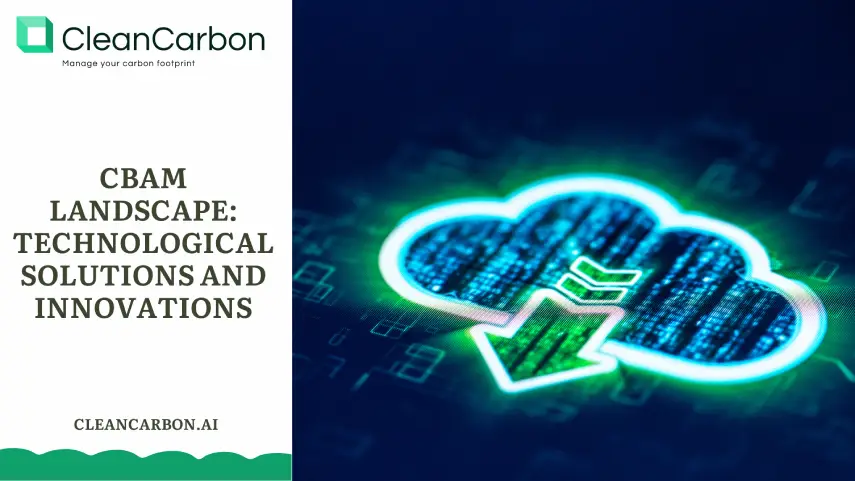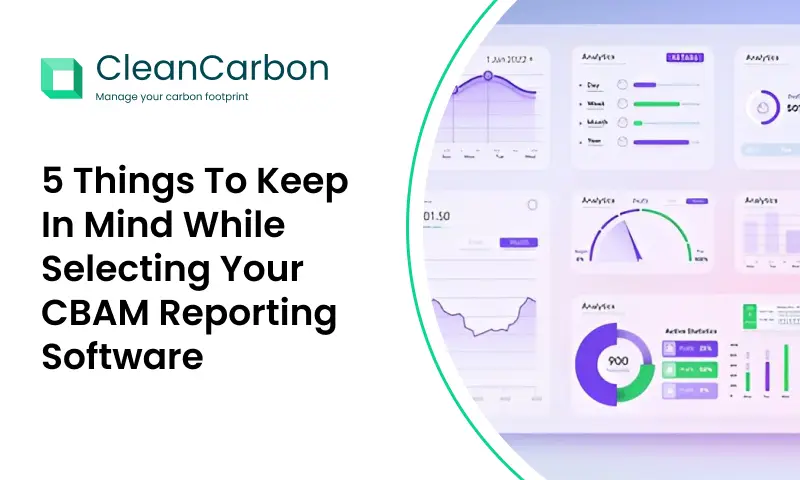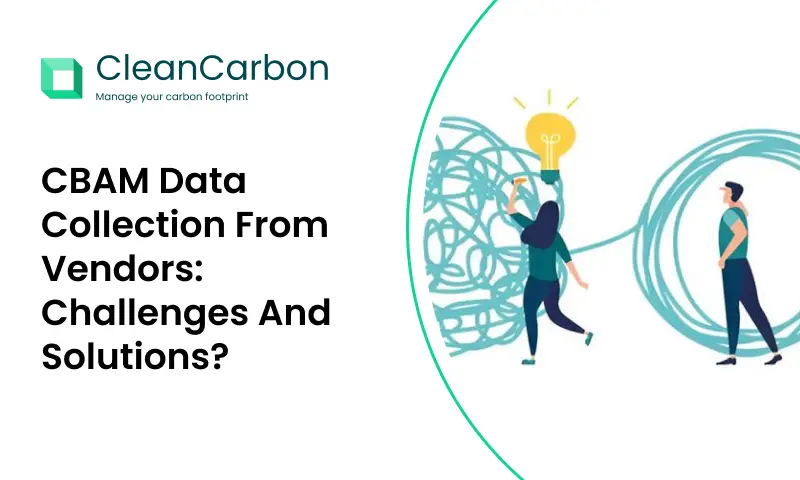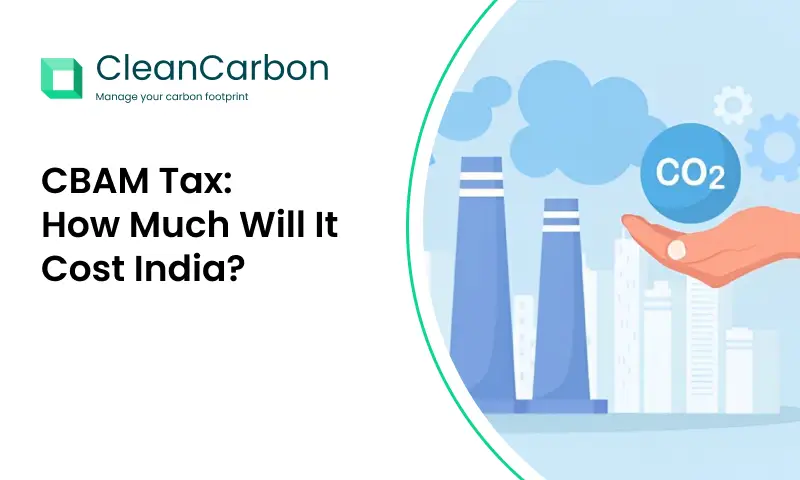The Carbon Border Adjustment Mechanism (CBAM) is set to reshape global trade and industry. As businesses brace for its implementation, leveraging cutting-edge technology is crucial for compliance, cost reduction, and sustainable growth.
Carbon Accounting and Reporting Tools
Accurate carbon accounting and reporting are foundational for CBAM compliance. Advanced technological solutions can streamline this process:
- Automated Data Collection: Utilize IoT sensors and data analytics to capture real-time emissions data from various sources, including production processes, energy consumption, and logistics.
- AI-Powered Carbon Footprinting: Employ AI algorithms to analyze complex supply chain data and calculate accurate product carbon footprints, considering direct and indirect emissions.
- Cloud-Based Reporting Platforms: Leverage cloud-based platforms to centralize data, automate calculations, and generate standardized reports, ensuring compliance with regulatory requirements.
Carbon Reduction Technologies
To mitigate the impact of CBAM and enhance sustainability, businesses can explore innovative technologies:
- Renewable Energy Integration: Invest in renewable energy sources like solar, wind, and hydro power to reduce reliance on fossil fuels.
- Energy Efficiency Solutions: Implement energy-efficient technologies and practices to optimize energy consumption across operations.
- Carbon Capture, Utilization, and Storage (CCUS): Deploy CCUS technologies to capture and store carbon emissions from industrial processes.
- Circular Economy Strategies: Adopt circular economy principles to minimize waste, maximize resource efficiency, and reduce carbon emissions.
Blockchain and CBAM
Blockchain technology can revolutionize CBAM implementation by offering:
- Transparency and Traceability: Create immutable records of carbon emissions throughout the supply chain, ensuring transparency and accountability.
- Efficient Data Sharing: Facilitate secure and efficient data sharing between businesses and regulators, reducing administrative burdens.
- Smart Contracts for Automation: Implement smart contracts to automate compliance processes, verify emissions data, and trigger payments.
- Tokenization of Carbon Credits: Tokenize carbon credits to create a liquid market, incentivizing carbon reduction efforts and facilitating trade.
Conclusion
By embracing technological solutions and innovations, businesses can navigate the complexities of CBAM, reduce costs, and enhance their sustainability credentials. Stay informed about the latest advancements and collaborate with technology providers to develop tailored strategies for your organization.






